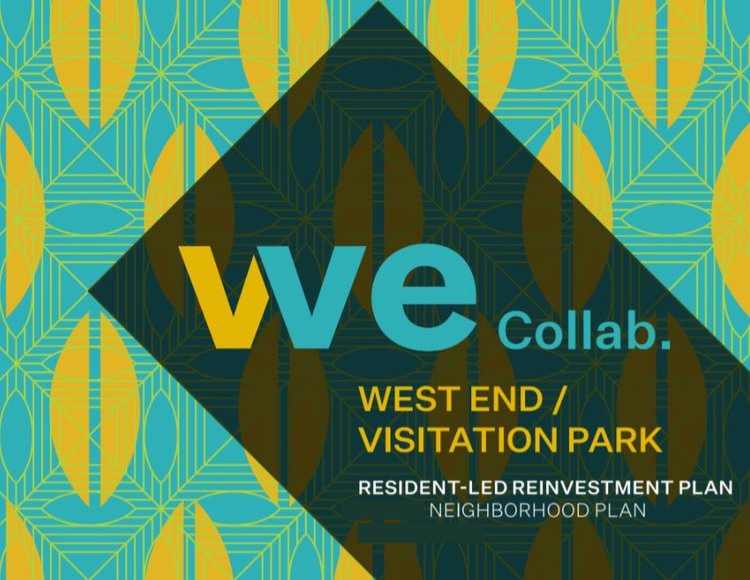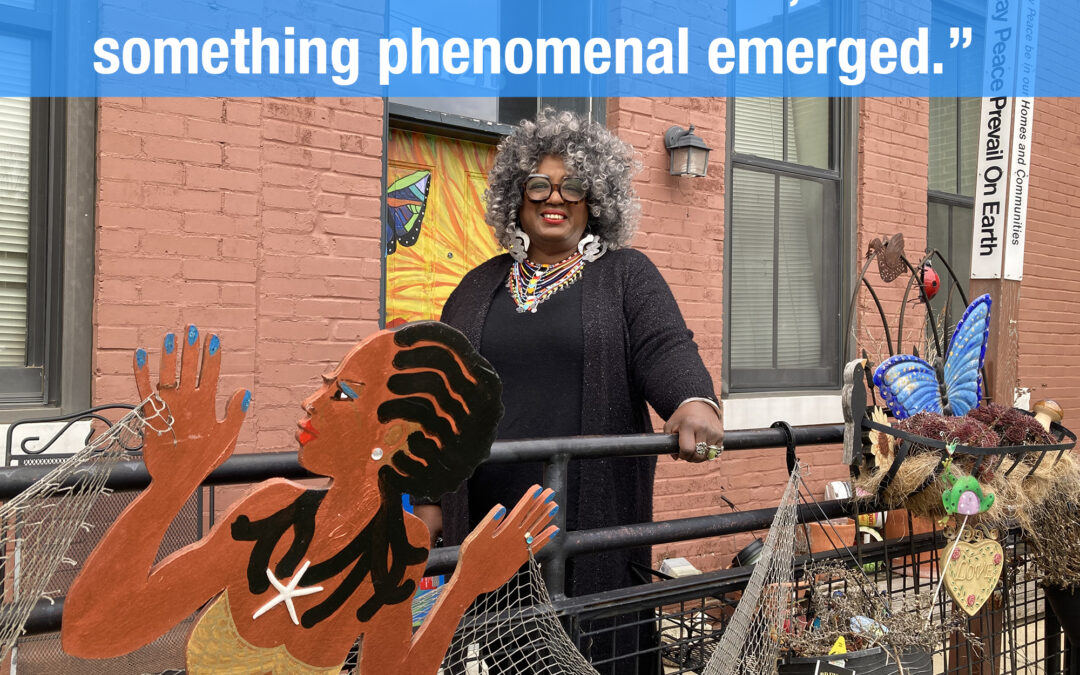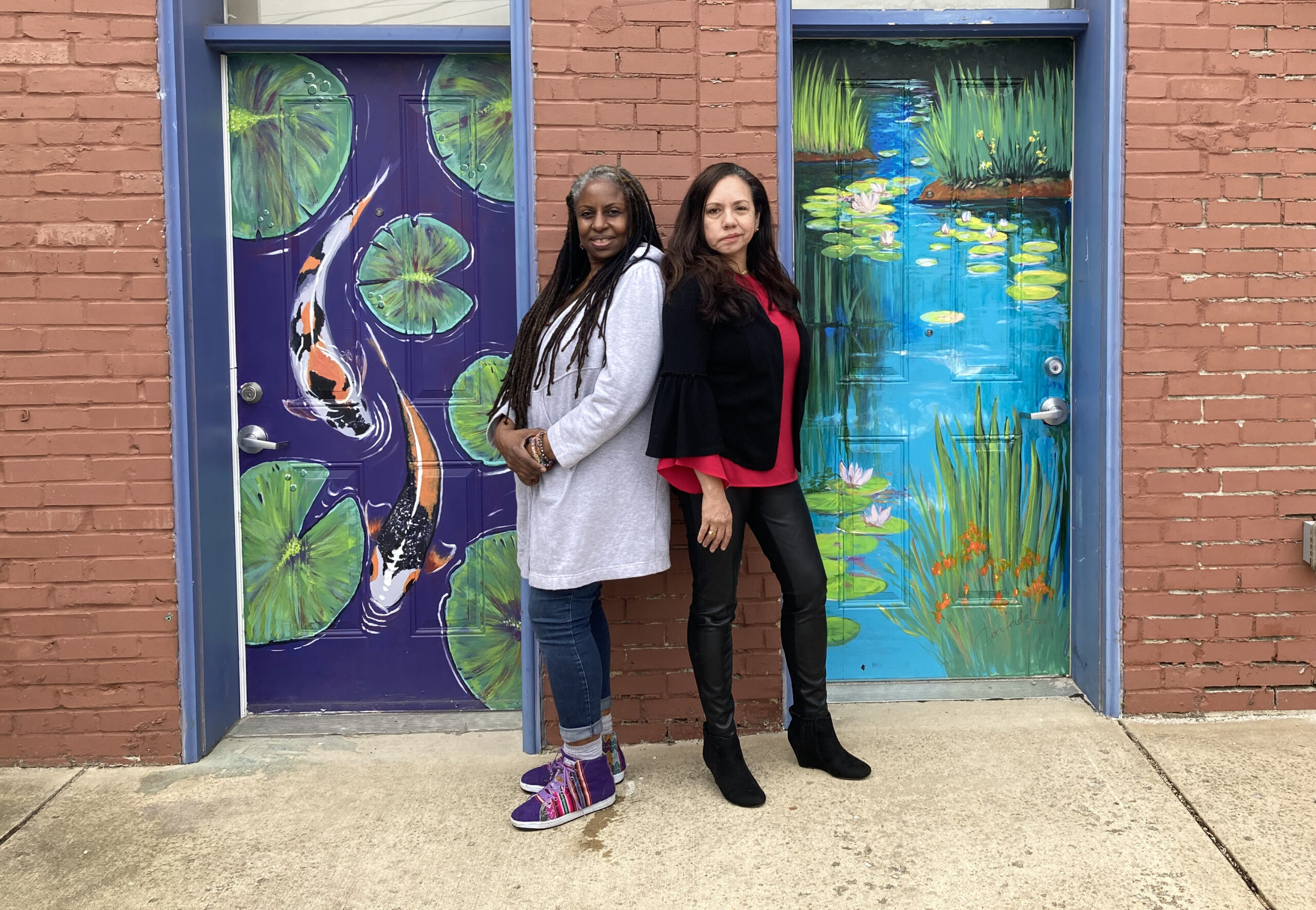
WeCollab Resident-led Neighborhood Plan – A New Standard
The adoption of the WeCollab neighborhood plan is historic for what it is and how it was conceived; its authentic commitment to making real the vision and initiatives that residents want to see is a signal to the larger ecosystem that a new approach is already making a positive impact. At the June 14th hearing, St. Louis City’s Planning Commission adopted the neighborhood plan to great applause from a packed room of neighbors, partners, and supporters. The city planning department had been engaged early in the process in the development of the draft, which helps increase the efficiency of assessing proposals when they get to this stage of development. These coordinated efforts grew through a collaborative process that extends back through years of relationship and partnership building between residents, neighborhood partners, funders and facilitators, technical support partners, city agencies and department partners, all sharing their expertise, listening, and supporting a resident-led plan and planning process.
What does resident-led planning look like and what does this impact mean for residents and our broader community and economic development ecosystem? Hear it in their own words, below are a few snapshots from WeCollab resident leaders and our team member reflecting on their trip to Charlotte, NC, to receive a Charter Award from the Congress for the New Urbanism.
We also invite you to watch this fine video WeCollab Wins CNU Award produced by YARD & Company, WeCollab’s planning partner, showcasing the neighborhood, residents, and the power of people in the West End and Visitation Park collaborating to create a new standard.
“The WeCollab planning process has set a new standard for community engagement within the Congress for New Urbanism.” – Megan O’Hara, CNU Jury Chair. Principal and Partner, Urban Design Associates
From St. Louis, MO to Charlotte, NC – a snapshot from April Walker, WeCollab Community Ambassador
When Kevin from YARD & Company, our planning partner, first told us that we would be receiving an Award way back in February, I started making plans to attend. My mom and both of my daughters are also WeCollab Community Ambassadors and they wanted to go as well, so we booked an Airbnb in Charlotte. I was so excited I told my other family members, and they made plans to attend as well. In total, eight family members, all the way from Washington state to Alabama attended this award ceremony with us.
While at the airport to pick up the rental car, the attendant asked me where we were going, and I explained to him about the award. He said, “That is so cool! Congratulations on the work you are doing.” Once we arrived in Charlotte, every restaurant, the mall, ice-cream shop we went to, we told people why we were in Charlotte and about the award. It was so nice telling people and everyone was really complimentary.
At the award ceremony itself, what struck me was that we were the largest group there. We were the best dressed group and – we were the only group that had a resident-led plan. We were in the room with developers, architects, city planners, students, professors, even a mayor, but no one had residents or the people who were going to be the recipients of those plans in attendance. Several people came up to me afterwards and said, “Wow, I guess a resident-led plan is the way to go,” or “that is really an innovative way to look at city planning.” You could tell that the thought of having a community involved from start to finish was just something they had never even given a thought. They seem interested now, seeing our process. My family members too, on seeing the video remarked how they were going to take what we were doing back to their hometowns. They are showing the video at their community meetings.
From St. Louis, MO to Charlotte, NC – a snapshot from Lorin Lennon, Invest STL Collaboration Support Partner
As we touched down in North Carolina and began navigating Charlotte’s airport, I felt a sense of purpose to our being there. We’ve been moving together throughout this whole journey; walking together, discovering, developing a resident-led neighborhood plan – now we have the opportunity to celebrate and share our very local heart work with an international audience.
Landing comfortably towards the front of the auditorium at the CNU Chart Awards ceremony, that sense of purpose called out with a unique sound, tones of openness, pride, class. I felt among greatness. On my right was a member of our team, Alexa Seda, Senior Planner at the City of St. Louis, while to my left was the student winner, an Ethiopian girl who designed an entire neighborhood following culturally significant traditions and local materials. It reminded me of the study I had done not too long ago with African architects, builders, designers, and artists about designing in culturally relevant ways. In the United States, we may not all be tied to our definitive ethnic roots, but we have created a culture worth celebrating, designing in, and upholding in how we practice. It was inspiring to notice the variety of people and places represented and just how widespread this work and movement is. Recognizing where the projects were based, some of the firms behind them, and my own personal resonance with New Urbanism principles and these real-life examples was energizing. I mean, I didn’t know New Urbanism was a ‘thing,’ but I think we are practicing elements of it every day. So much of what I aspire to for society and urban life, this movement captures. It was fun to learn about something new, and I’m already a part of it!
From the Award Ceremony we enjoyed a brief walk to a nearby restaurant. We passed a park that was created through a collaboration between the University of North Carolina and the City of Charlotte. Urban planning professors and students worked together to activate the space that had sat unoccupied for years near the DeBois Center where the ceremony took place. Our walk was active, passing people from all walks of life that I wouldn’t typically expect to see in a place like this. It signaled to me that the members of the CNU practice what they preach and consider something for everyone to share and take part in. Our team was so excited and continued to celebrate how good we looked together and how good it felt to be honored for our collaborative vision and effort. We arrived at the restaurant to discover that it was a black owned, more icing on the cake, and a perfect place to land and wrap up the evening with great food, a beautiful atmosphere, and jamming music. Camaraderie, laughter, and joy filled us up.
From St. Louis, MO to Charlotte, NC – a snapshot from Lisa Potts, WeCollab Steering Committee Member
Everything about our trip to Charlotte was inspiring as I considered what the West End and St. Louis can be. From the moment I stepped off the plane I felt I was on an adventure. I immediately began comparing what I was seeing and experiencing to home. It made me think about who were the leaders in Charlotte? Were any residents at the table for the decisions that were made here?
As we walked through the airport, I remember being so proud of why we were there. We told everyone we met that we were there to receive an award for our neighborhood planning work. The evening of the awards we stood out because we had one of the biggest groups in attendance, we were so happy to be together for this honor, and we were all dressed so formally. People seemed genuinely impressed by our accomplishment, for some folks you could tell it was a new idea, residents leading a planning effort.
I loved that they had an African American Cultural Museum in the heart of their downtown. Their streets were clean and pedestrian friendly. The place I was most impressed by was the park in the middle of downtown – it had beautiful art and sculptures representing several cultures. The lights, signage, benches, and flowers added to the beauty of the environment. It was surrounded by restaurants that reflected the different cultures of their community. It felt safe, inviting, and there was something for everyone. I saw a man praying or in deep thought near a waterfall. Others were sitting on a bench reading or engaged in conversation. I was walking around in awe and taking photos like a true tourist.
I kept pointing out different things that excited me, sensing that level of thoughtfulness and intention and how we could absolutely have these amenities in the West End. I was glad that I had witnessed these beautiful surroundings among my neighbors, friends, and partners from home because we could all go back to our neighborhood in St. Louis and continue to dream and plan. We have all seen what is possible. Now my dream is to take a cohort of additional West End neighbors and stakeholders to visit Charlotte or similar places so we can dream in real time and plan for the future of the West End.
—

